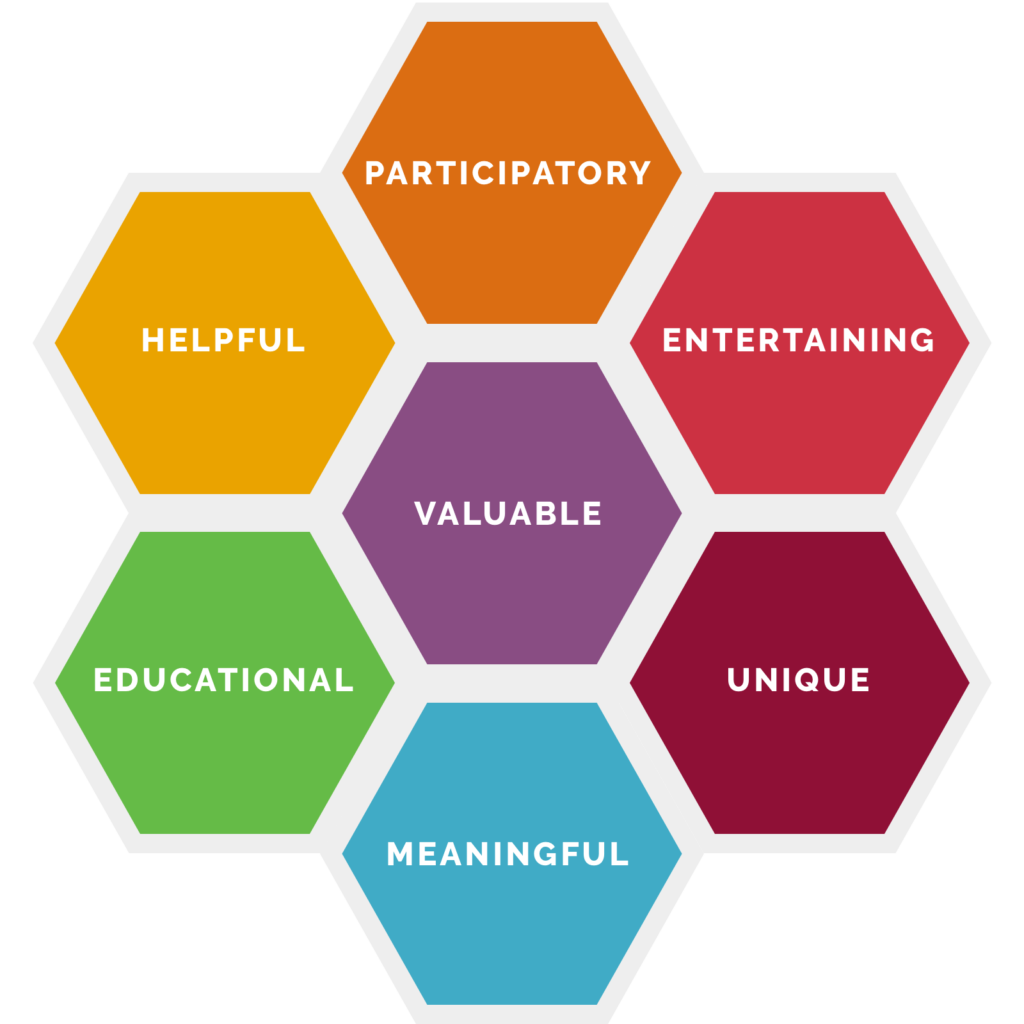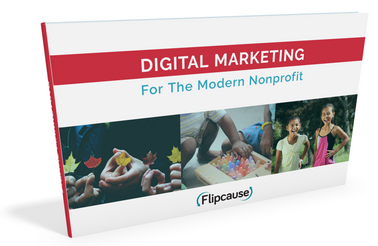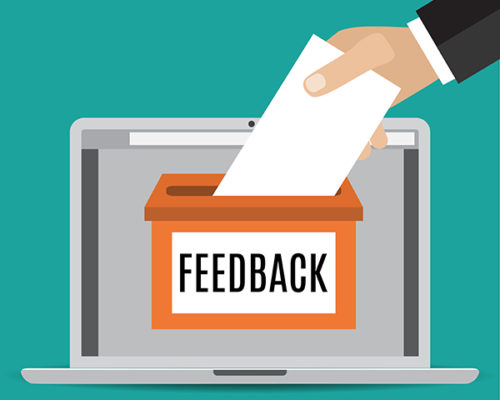Increase Conversions from Your Email Marketing
Did you know that 75% of your emails are not even being opened? And if they have a call-to-action appeal, over 97% of the time it isn’t even being clicked! Those are the sobering average open and click-through-rate statistics for nonprofit emails, as reported by Mailchimp. The good news is, there are some simple things you can do to increase your email engagement (as measured by the rates of opens and clicks – the typical metrics for what are called “conversions”).
In a world filled with content, the following seven steps will help you send emails that stand out and create change:
1. Optimize the Subject Line
It all starts with the email subject – that’s what motivates the initial click. It doesn’t matter how much time and effort we’ve put into the content and how meaningful the information we want to share with them if they are not enticed to open it. A subject line that gets people to click it usually meets the following criteria:
It’s engaging. You can test your subject using a free heading analyzer tool. This will tell you how to improve your subject line – does it need more emotional words? Does it need more power words? Should it be shorter, or longer?
It’s clear and concise. As a general rule, shorter headlines are best. You’ll want people to absorb the message in the title at-a-glance, usually before they even realize they’ve read it!
It’s personalized. You can personalize the subject either by using the recipient’s name in it or otherwise tailoring it to the recipient. The former you can accomplish in most email marketing platforms by using merge tags in the subject line. This is quick, and it’s superficial. If you have segmented your list and sent targeted messages to the various segments, you’ll naturally also create more targeted email subjects. When the headline is more personalized on this deeper level, it will automatically increase your email engagement. See the below section for more details on segmentation.
Additionally, consider the snippet that shows immediately after the subject line in a typical email inbox. You’ll want to treat that as the subtitle and make sure it also meets the above criteria.
2. Keep it Sweet and simple
Focus on one message per email. What’s the single most important thing you want to say, the single most important message you want to get across, the single most important action you want them to take? The simpler you can make this, the easier you will make it for the reader to focus on your desired message and action. This will create a natural funnel for the supporter to take the action you most want. It’s proven that decision fatigue causes donor drop-out, so as much as possible, avoid leaving the decision-making up to them!
Keep it short. Have you ever noticed how much easier it is to spend 2 hours watching 10-minute YouTube videos than to commit to a 90-minute-long movie? Reading works the same way. Seeing that the message to read is short and digestible will vastly increase the chances of it being read and absorbed. Ideally, your message and the main call-to-action will all take place above the fold. This means that you eliminate the work of scrolling, and scrolling itself can lead to drop-off.
Yet another bonus of segmentation is that, by sending different types of messaging to different groups, it will automatically keep your separate emails short, concise, and focused! Instead of sending one email with 5 sections of all the different updates in various areas in your organization, could you split those out and send different updates only to relevant people?
3. Make your email Mobile-friendly
53% of all emails are opened on mobile devices, so make sure that the template and design you’ve used look good on mobile screens. If you’re using an email marketing tool, it’s likely that all their templates already are mobile-ready. Preview emails in mobile mode as well as desktop mode to make sure! This is another good time to verify that your core message and call-to-action land above the fold for mobile users.
4. Make it useful
Your email should always be providing value! There are many forms of value, whether it is helpful or entertaining. Refer to the below Honeycomb of Value and make sure all of your emails meet at least one of these value criteria.
5. Have a clear call-to-action
Do you want them to make a donation? Sign up for an event? Or just to go to your website to read more?
If they attend your event, will they affect political change? If they make a donation, will fewer children go hungry? Let them know exactly what you want them to do—and how their actions will create a better world.
Avoid vague button text. Swap out generic phrases like “Click here” for ones that inspire action. Who wouldn't want to 'Get Involved,' 'Join our Cause,' or 'Change the World'? The text will ideally be specific as well as emotional. For example, instead of asking to “Donate” to help provide clean water, you can have your button say “Give Clean Water” and get right to the value.
Make it easy to spot. Bold buttons will be more visible than linked text. Use a high-contrast call-to-action button to make it easy to see as well as easy to click on (especially considering many mobile users click with their fingers, not a cursor – your button should be an easy target).
6. Segment your email list
As you’ve noticed, segmenting your list has a myriad of benefits! Segmenting your list will allow you to send the most relevant content to the most interested people. If this is brand new to you, don’t stress about making it perfect. You can start with just a few basic segments: donors vs. non-donors, interest groups, event attendees, or active volunteers.
Examples of how to use segmentation:
- After their big annual event, Camp Wonder sent three separate emails:
- one to their volunteers, thanking them for their work;
- one to the event attendees, thanking them for their contributions;
- and one to all the supporters who couldn't come, updating them on the event's success.
2. After their camp programming ended for the year, Camp Wonder sent separate emails to residents of each of the three cities they serve. Each email showed how many children in that city Camp Wonder helped that year.
3. For their end-of-year appeal, Muttville sent separate emails to people who've adopted dogs and financial supporters. While everyone was asked to give, adopters and their pets received well wishes in the new year, and donors received a graphic showing how many dogs their gift had helped.
The more targeted the lists can get, the more people will feel like you're speaking directly to them. The more people feel like you're speaking directly to them, the more likely they'll take action. Studies show that personalized emails can increase click-through rates by 14%.
7. Make it regular
Now that you’ve segmented your lists and are sending clear, actionable, concise, relevant, and valuable messages, there’s one more thing you can do: keep to a consistent schedule. Even if it’s just quarterly, pick a schedule and stick to it. Even with our overburdened email inboxes and myriad of newsletters we never open, we all have that one mailing list we get excited to receive and read every time. This newsletter has a proven track record of sending us messages that are interesting, relevant, and that provide benefit. We not only expect to receive it but look forward to reading it. That’s because we know ahead of time that it will be valuable and only take a few minutes of our time.
Being consistent is your secret to fully maximizing your email list’s engagement and increasing email conversions!
It’s no secret that these components are made to work together. When used in unison, they support one another and have a cumulative effect on increasing your email return-on-investment!
Download our free eBook to learn more about Digital Marketing for Nonprofits






Ujwal Pandit
June 9, 2020interesting information you have shared in this article. I found a useful information email marketing. Nice article!!
Pete Prestipino
November 17, 2020Do you think that including a vanity phone number in emails would be an effective strategy? I think audiences that tend to be older and more affluent are more familiar with these types of phone numbers and as a result may be worth considering a test.
Olivia Tsui
November 17, 2020Hi Pete, that’s a really interesting concept—thank you for that note! From everything I have heard and read, this is the first time I’m hearing of utilizing a vanity phone number in email marketing. I’m not aware of data that supports this quantifiably in terms of conversions, however, it’s an intriguing idea. It may be worth trying an A/B test by tracking your conversion rates in something like Mailchimp. And you’re right—this will likely resonate with certain groups of supporters but not all. This is where checking out your supporter analytics and segmenting them for a test would come in. All in all, this is an awesome idea. Thanks for adding to the conversation!